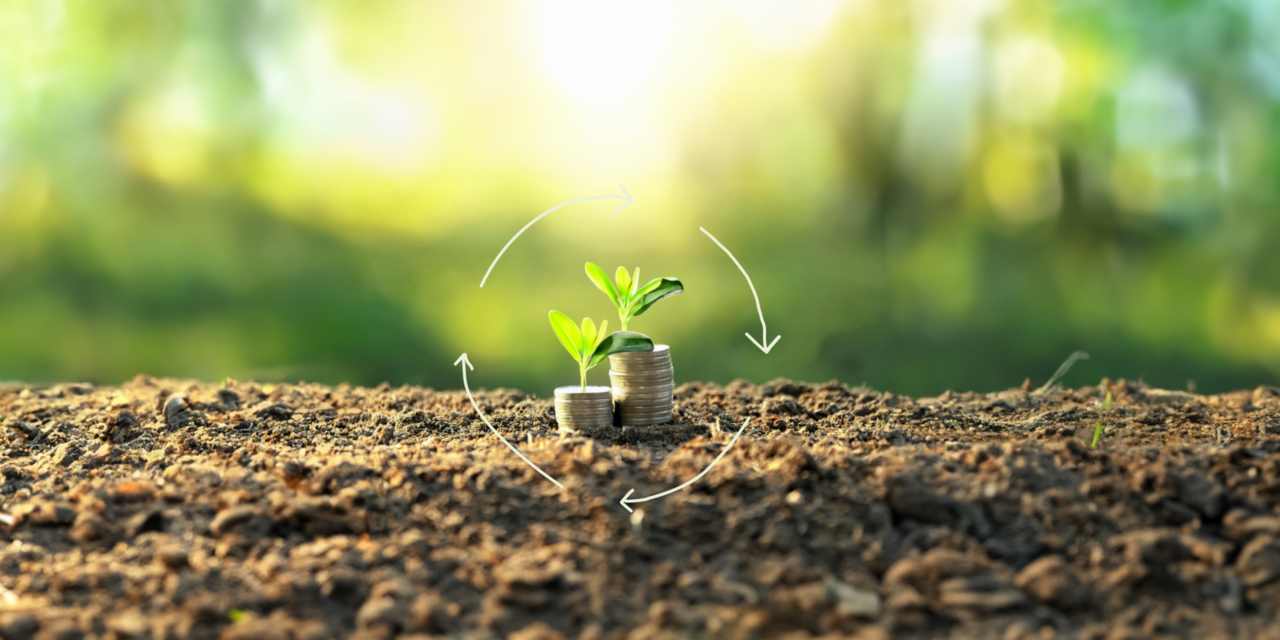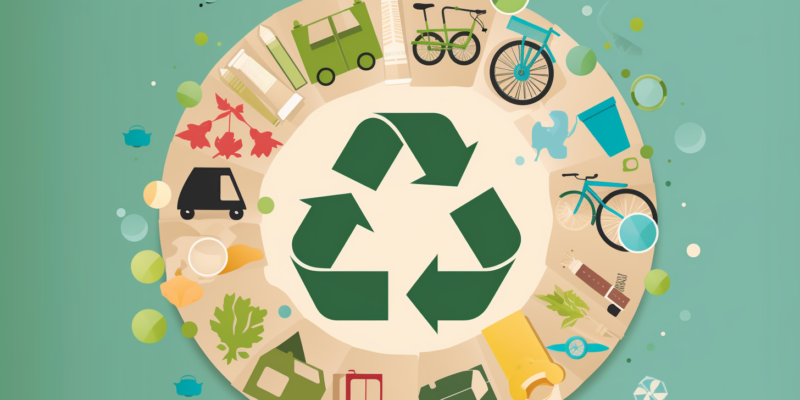The three main benefits of circular procurement

Circular procurement is of great importance if you as an organisation want to contribute to the circular economy. In fact: circular procurement is the future. But why exactly? Read more about the benefits for every organisation. They can be divided into three pillars: strategic, financial and social benefits.
Strategic benefits: towards a future-proof and attractive organisation
Raw materials are running out! We in the Netherlands (and in the EU) rely heavily on other countries for critical raw materials. The main goal of the circular economy is to stop their depletion. With circular procurement, you contribute to the transition towards a circular economy by first and foremost choosing products that consist as little as possible of primary raw materials and that can be easily reused after their first operational phase. Some sectors are already further along in this than others; PBL Netherlands Environmental Assessment Agency discusses this in its study ‘Progress in the circular economy’.
The reduction of waste streams can be a nice side effect of this. It also prevents carbon emissions.
Another strategic advantage has to do with raw material independence. After all, the Netherlands still gets many raw materials from abroad and these imports make organisations dependent on other countries. This can create uncertain and unstable situations. Think of the recent wars and (trade) conflicts, for instance.
In addition, natural resources are becoming increasingly scarce. The Dutch government therefore wants to be 100 percent circular by 2050, with an intermediate step of 50 percent by 2030, through the use of fewer primary raw materials such as oil, gas and metals. By procuring circularly, you contribute to these goals. At the same time, you make yourself future-proof.
And there is no other way around it: if your organisation or company has circular ambitions, circular procurement is necessary. You can state in your marketing that you consider the environment and climate important, but clients and partners should also be able to see this reflected in your procurement process. Research also shows that circular operations are good for brand awareness and client loyalty.
Financial benefits: more recycling, less procurement
Want to save money? Apply the R ladder and create a win-win! After all, the highest circular strategy available; Procure nothing, delivers immediate financial savings. When switching to a circular strategy, you may think that you will incur a lot of extra costs, but there are many financial benefits. These tie in with ways to optimise the flow of raw materials. So-called narrowing, extending and closing of material streams.
If you want to narrow your raw material flow, you buy less material, for example. This also reduces the impact of price increases. Furthermore, in a circular model, you focus on extending the lifetime of materials and products. Next, you save money by not having to buy new products as often. Finally, you save costs on waste management because a circular model no longer generates waste. This is in line with ‘closing’ the raw materials stream.
Social benefits: smaller ecological footprint, greater impact
You already read it: by participating in the circular economy, you counteract the depletion of scarce raw materials. This is important because the world’s population is growing, and with it the increasing pressure on natural resources.
The climate and environment also benefit from a circular economy. The extraction of certain raw materials, for example, emits a lot of carbon emissions. And if we do not process ‘traditional’ raw materials properly, they are harmful to our living environment. Think, for instance, of microplastics that end up in animals and humans.
Circular procurement therefore reduces your company’s ecological footprint on earth. Furthermore, circular procurement stimulates green jobs, because a lot of brainpower is of course needed for all of these innovations.
Examples of circular procurement
An example of such a scarce primary raw material is aluminium. Although the material is recyclable, a lot of electricity is needed to extract or recycle it. In this case it is better to opt for reuse wherever possible: a strategy that features higher up the R-ladder than recycling.
City of Amsterdam, the Fair Furniture Group and Zaanstad have looked for other ways to make their procurement more circular.
Want to know more?
Want to get started with circular procurement yourself? See what steps your organisation can take for more circular procurement.


